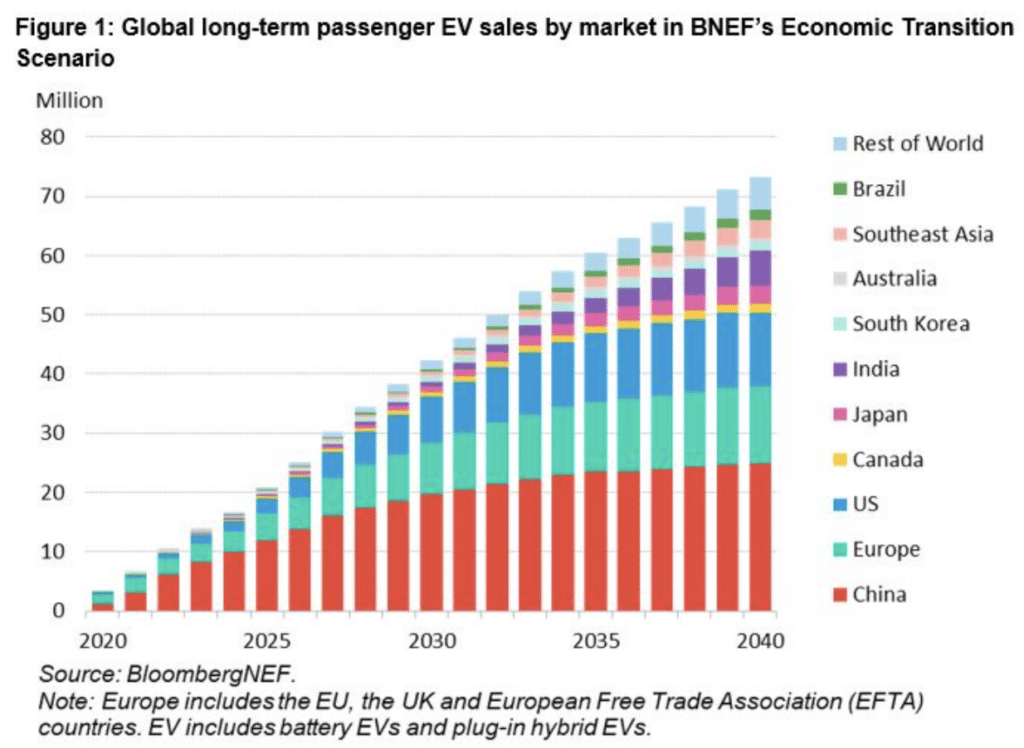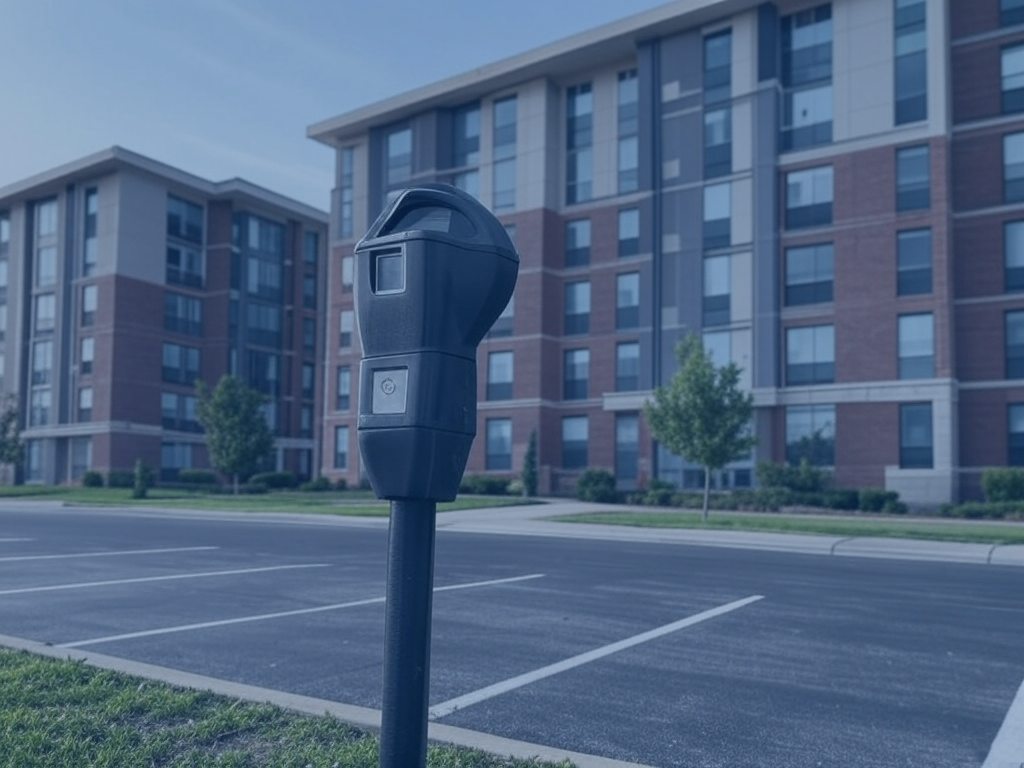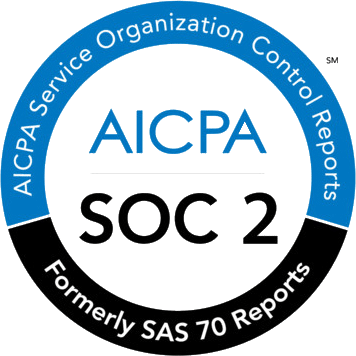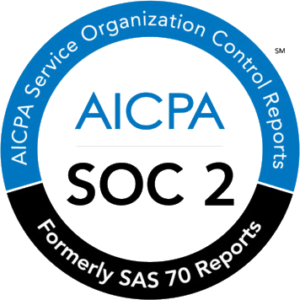The landscape of modern commuting is undergoing a silent transformation. As electric vehicles (EVs) gain traction among consumers, they’re not just changing how we drive—they’re reshaping workplace dynamics in subtle yet profound ways.
This shift towards electrification is more than a trend; it’s a fundamental change driven by environmental consciousness and technological advancement.
Table of Contents
ToggleThe Rise of Electric Vehicles
Electric vehicles are no longer a niche market. They’re rapidly becoming a mainstream choice for consumers, backed by government incentives and growing environmental awareness. The numbers tell a compelling story:
EVs represented 9.2% of new light-duty vehicle sales in the U.S. last year, accounting for about 1.6% of all light-duty registered vehicles. California leads the charge, with about 37% of all U.S.-registered EVs.

Looking ahead, the future seems bright for EVs. BNEF initially predicted U.S. EV registrations would grow at an average rate of 40% annually over the next five years, potentially reaching 26 million by 2028.
However, a revised forecast in April suggested a near-term slowdown, with 31% year-over-year sales growth expected in 2024.
Workplace Charging: A Game-Changerd
As EVs become more prevalent, the need for accessible charging infrastructure grows—especially at workplaces. Workplace charging stations are no longer just a perk; they’re becoming an essential amenity.
Roughly 70% of prime U.S. office buildings are now equipped with charging ports.
These stations offer various charging speeds, from slower Level 1 chargers to rapid DC fast charging options. For employees, workplace charging provides convenience and cost savings. For employers, it’s an opportunity to support sustainable commuting and enhance their green credentials.
Shifting Workplace Dynamics
The presence of EV chargers is subtly altering workplace behaviors and expectations:
- Commuting patterns are evolving as employees plan their workdays around charging availability.
- Hybrid work schedules are influencing peak charging times, with many employees prioritizing office days for vehicle charging.
- Companies are finding that EV charging can be a powerful tool for attracting and retaining talent. According to CBRE’s Occupier Survey, 30% of companies favor offices with EV chargers, a preference that rises to 40% at large companies.
Challenges and Considerations
Implementing workplace charging isn’t without its hurdles. Employers must navigate:
- Installation costs and infrastructure requirements
- Fair allocation of charging spots
- Potential increases in electricity demand
To address these challenges, companies can:
- Conduct employee surveys to gauge interest and plan accordingly
- Consult with utility providers to understand grid impacts
- Establish clear policies for charging station use
Looking to the Future
As EV adoption continues to grow, we can expect to see significant changes in workplace infrastructure and technology.
The integration of renewable energy sources with charging stations is likely to become more common, aligning with broader sustainability goals. Advancements in charging technology may lead to reduced charging times, making workplace charging even more convenient for employees.
Additionally, as EVs become more prevalent, there will likely be increased pressure on workplaces to provide adequate charging facilities to meet growing demand. These developments will further cement the role of EVs in shaping workplace dynamics and commuting patterns.
How Wayleadr Can Help
Implementing and managing a workplace charging program can be complex, but solutions like Wayleadr can significantly simplify the process. Wayleadr offers a suite of tools designed to simplify EV charging management in the workplace.
These tools enable efficient allocation and rotation of charging spots, ensure fair access to charging infrastructure, optimize usage of charging stations, and provide data-driven insights for future planning.
With features like automated scheduling and real-time availability updates, Wayleadr empowers companies to seamlessly integrate EV charging into their workplace operations, enhancing employee satisfaction while maximizing the utilization of charging resources.
As the quiet revolution of EVs continues to unfold, workplaces that adapt and embrace this change will find themselves at the forefront of a more sustainable and employee-friendly future. The road ahead is electric, and it’s reshaping our work environments in ways we’re only beginning to understand.
Ready to power up your workplace for the electric future? Transform your office into a hub of sustainability and employee satisfaction – the road to a greener tomorrow starts here.












